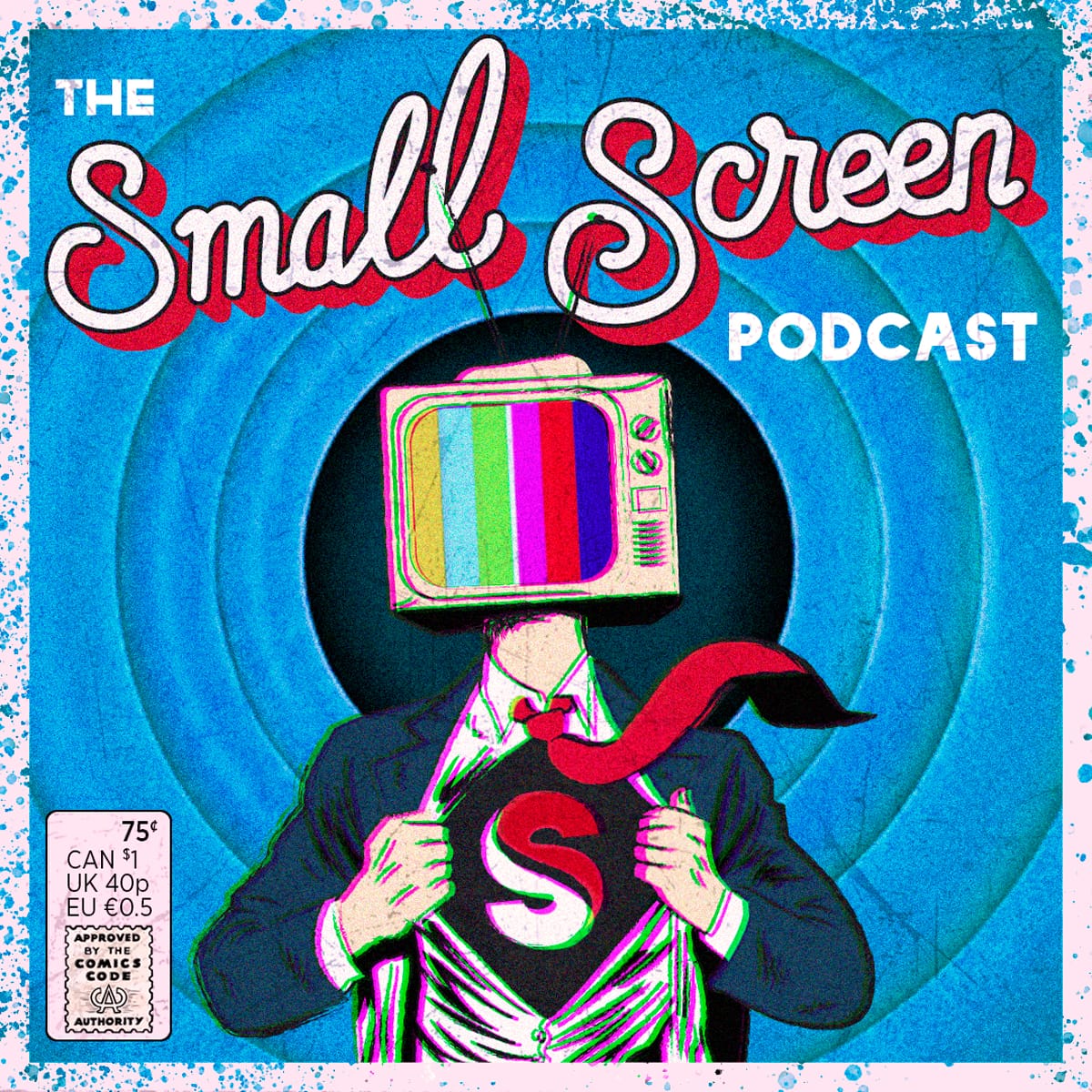There is no doubt that streaming movies and shows has grown in popularity extremely quickly. OTT video providers like Netflix, Hulu, Amazon Prime and others have all seen demand for their services soar. In many countries, double-figure year-on-year growth rates are the norm.
The march of Netflix
Read more: Cineworld Agrees To A $450 Million Debt Deal To Get Through 2020
Let’s look at Netflix as an example. They went from streaming content in the USA only in 2010 to streaming in over 190 countries by 2017. A phenomenal growth rate, which was only possible because so many consumers subscribed to their service so quickly.
In some countries, they even beat out existing providers. For example, by the time they got to Germany and India Amazon Prime was already well established. But Netflix´s offering was so strong that people soon began to switch providers or to use more than one.
Their growth is showing no signs of slowing. Even in established markets like the USA Netflix saw year on year growth of 10% during Q2 of 2021.
The draw of streaming services – why they are so popular
People love these services. Most continue to subscribe even when money is tight. In many households, they are now the main source of entertainment.
This is partly due to the convenience of being able to choose between thousands of hours of TV and movies whenever you want. But that is not the only reason for their popularity.
Award-winning shows, movies, and documentaries

Credit: Netflix
Read more: France’s Cinema Box Office Slashed After New Covid Passport Scheme
It is the quality of the content that is keeping people watching. Shows, movies and documentaries that cannot be seen anywhere else are keeping people glued to their screens at home.
Once again, Netflix has led the way. They have produced numerous five star rated shows. Some such as Squid Game, You and Midnight Mass, have gotten an almost cult status. As well as Oscar-winning movies like Mank and documentaries like Wild Wild Country which won an Emmy and other awards. All of which is included in what many consumers feel is a relatively low monthly subscription fee.
People want to see these shows and movies so much that they are foregoing going out to do so. Often, spending a whole weekend binge-watching their favourites.
The COVID affect
During 2020, many Over The Top (OTT) entertainment streaming providers saw an uptick in subscribers as a result of CoVid. In countries where people were mostly confined to their homes the number of subscriptions jumped. Netflix alone added sixteen million new customers during Q1 2020. Many of those subscribers have decided to stay with the platform. Even though they are no longer stuck indoors.
Will streaming replace cinema-going?

Credit: Empire Cinemas
Read more: Terrifier 2’s Release Date Pushed Back To 2021
It seems that many people are only happy to stay in and watch streamed shows and movies. In fact, a recent Broadband Genie survey suggests streaming will replace cinema completely. At least in the UK where their survey participants live. When they asked respondents if they were keen to return to the cinema after lockdown, only 13% said yes, they definitely wanted to get back to watching the big screen. This seems like bad news for UK cinemas. But if you click the link and read a bit more you will see that it is not quite as clear cut as it seems.
Some people are still cautious about going to crowded places. Plus, many are seeing the cost-of-living soar and the price of cinema tickets rise. Yet films are still drawing big crowds.
Take, for example, the UK release of the latest Bond movie No Time To Die. There, it opened in a record-breaking 772 cinemas. Making £25.9m during the first 3 days of its release. A figure which suggests that most of those cinemas were full.
Some films have also had amazing debut weekends in the USA/Canada markets, since the pandemic. For example, Venom: Let There Be Carnage took $90.1m in its first weekend. That was $10m more than the sequel Venom, which generated $80.1m in its first weekend when it was released in 2018.
So really the jury is out on whether streaming will replace going to the cinema or not for a significant percentage of the population. Our best guess is that people will continue to stream the bulk of their movies, shows and documentaries. But will still want to enjoy the occasional night out at the cinema, especially when it comes to their favourite franchise movies. In all likelihood, people will still want to see those on the big screen. At least, the first time they watch them. But are highly likely to re-watch them at home on the smaller screen using a streaming service.
Provided the price point is right, there is little doubt that more people will subscribe to services like Netflix. In all likelihood, leaving terrestrial TV struggling to maintain, let alone grow, its market share.
What do you make of this story? Let us know in the comments below or on our Facebook, Twitter or Instagram pages! And if you enjoy listening to film podcasts, why not check out our podcasts, Small Screen Stories and Small Screen Film Club wherever you get your podcasts!
















There are no comments
Add yours